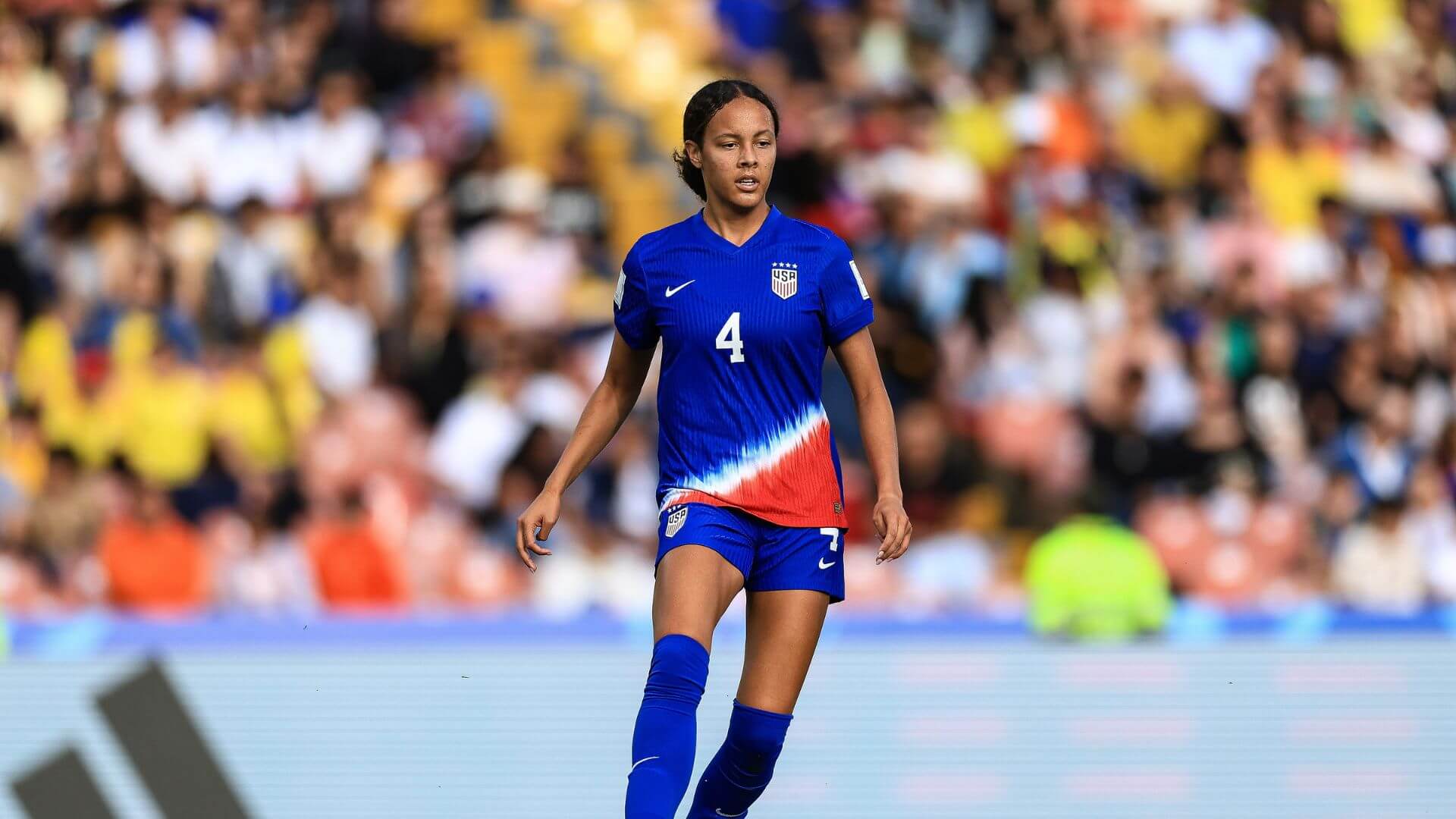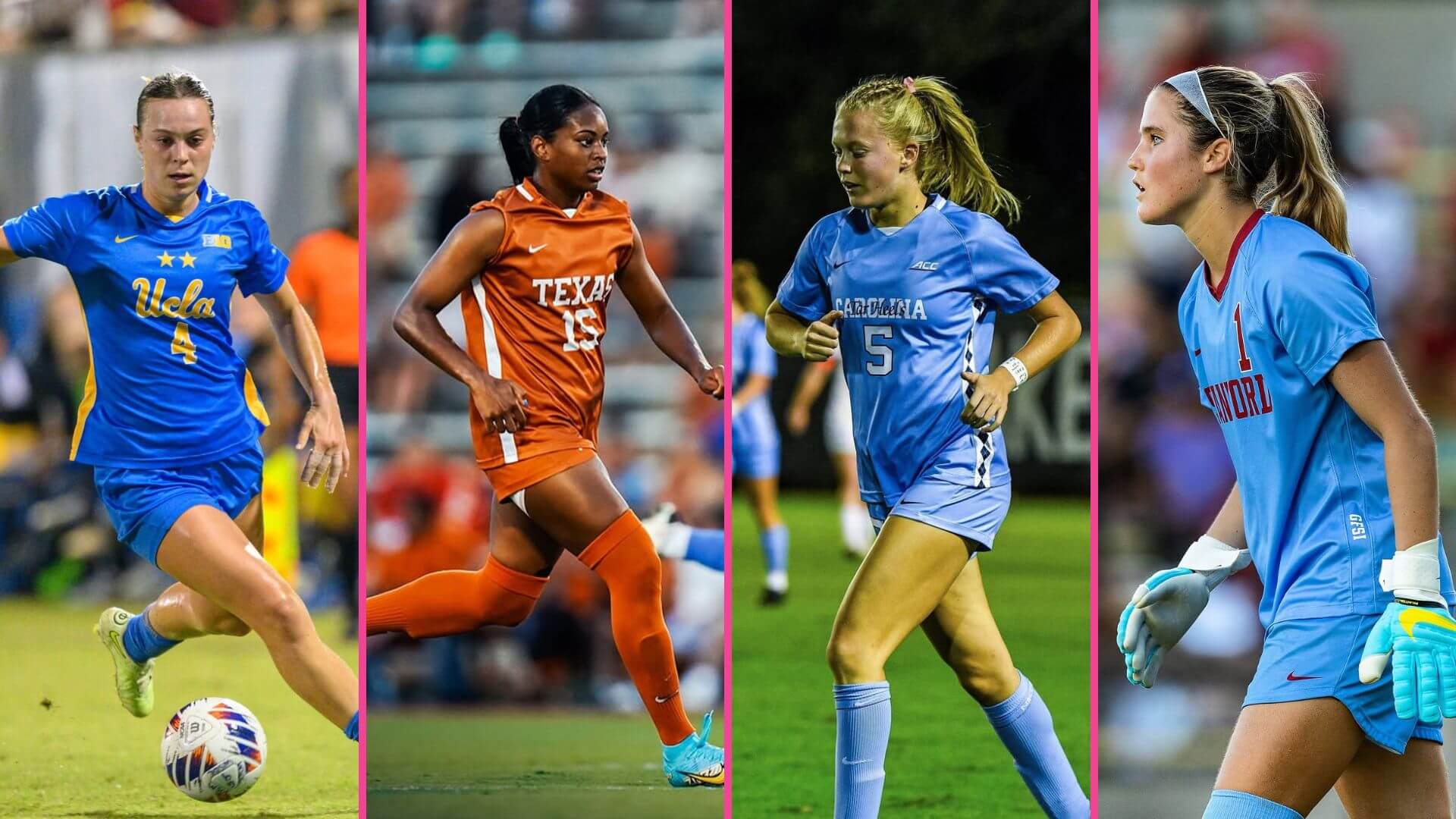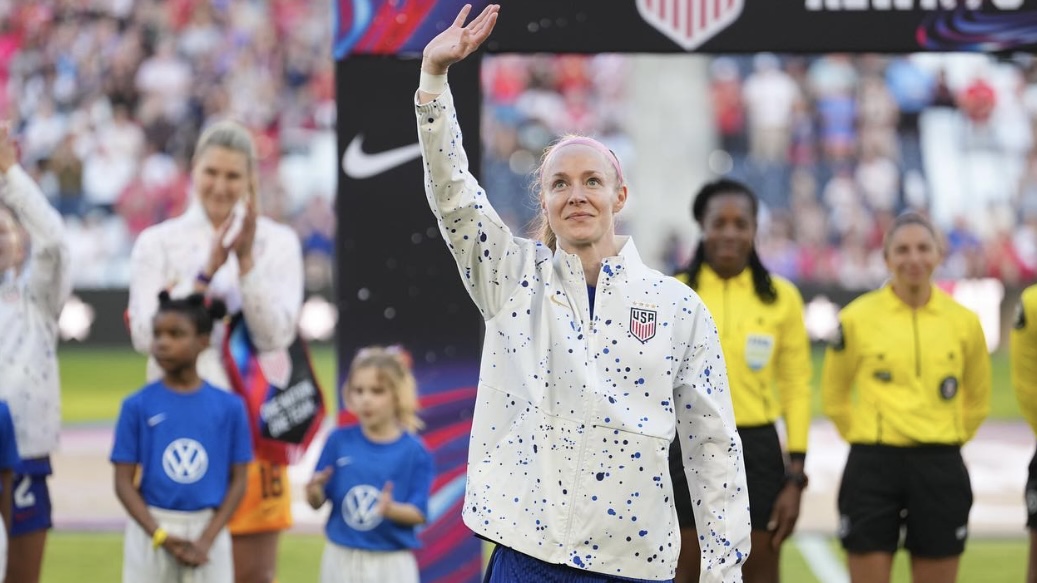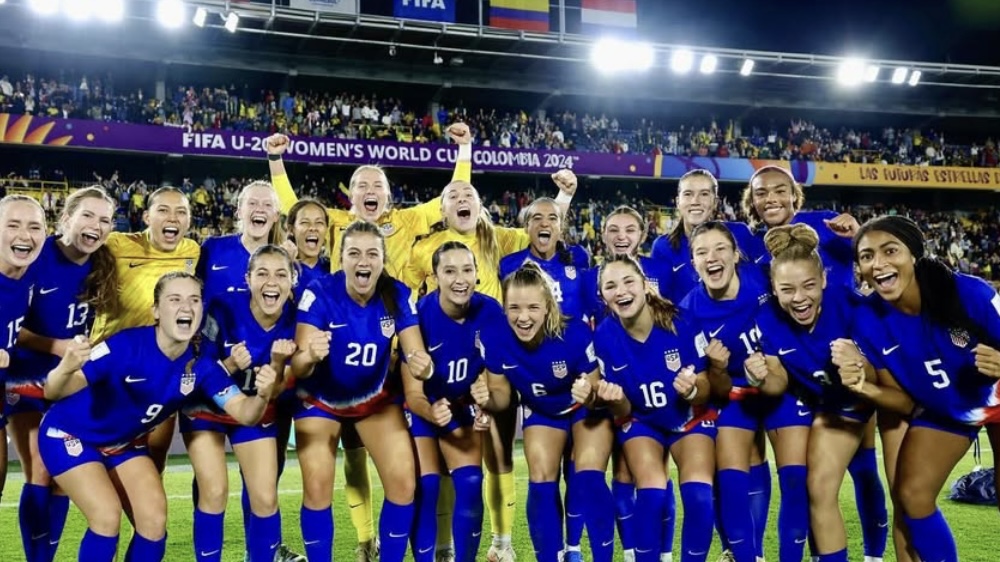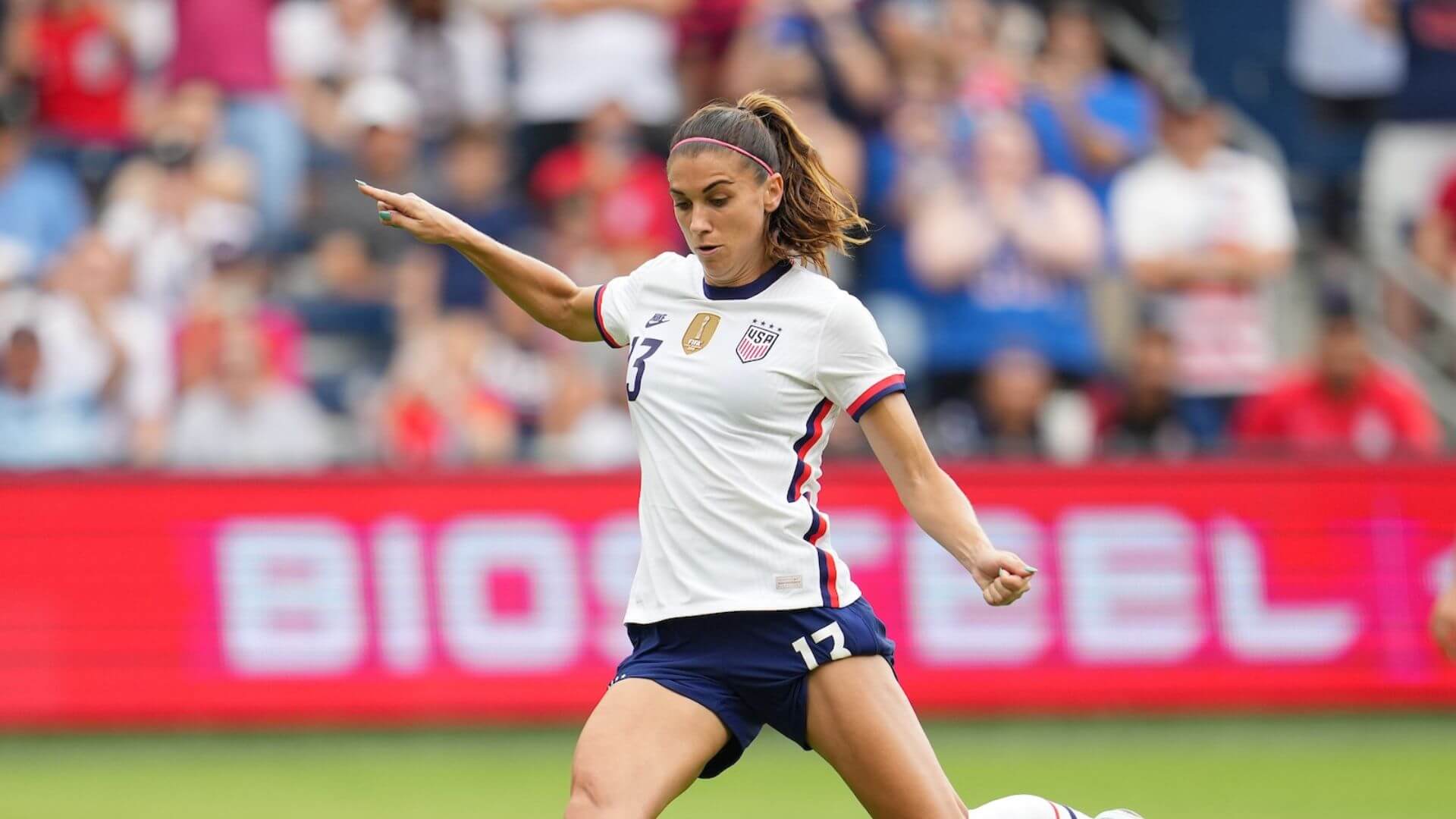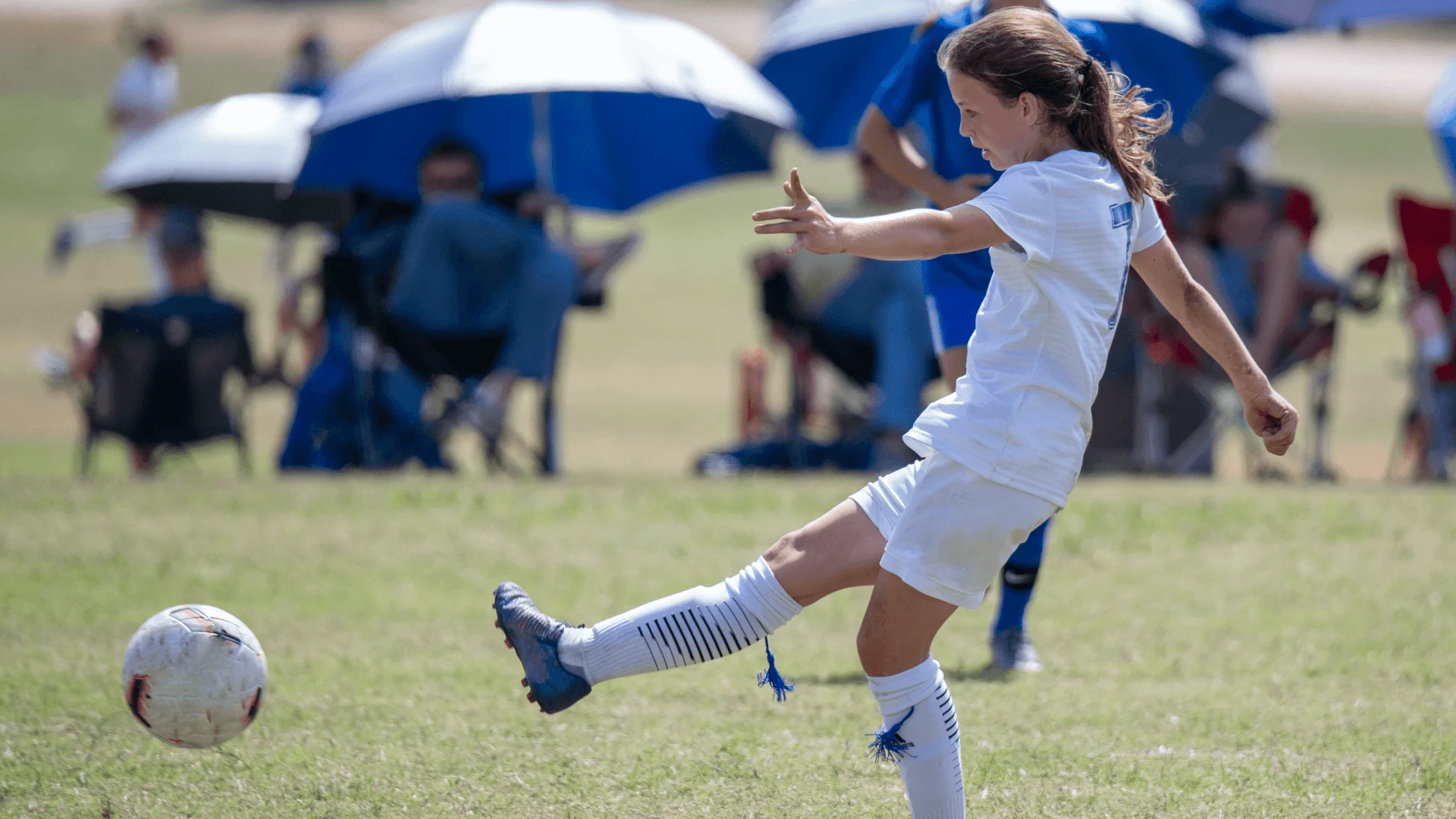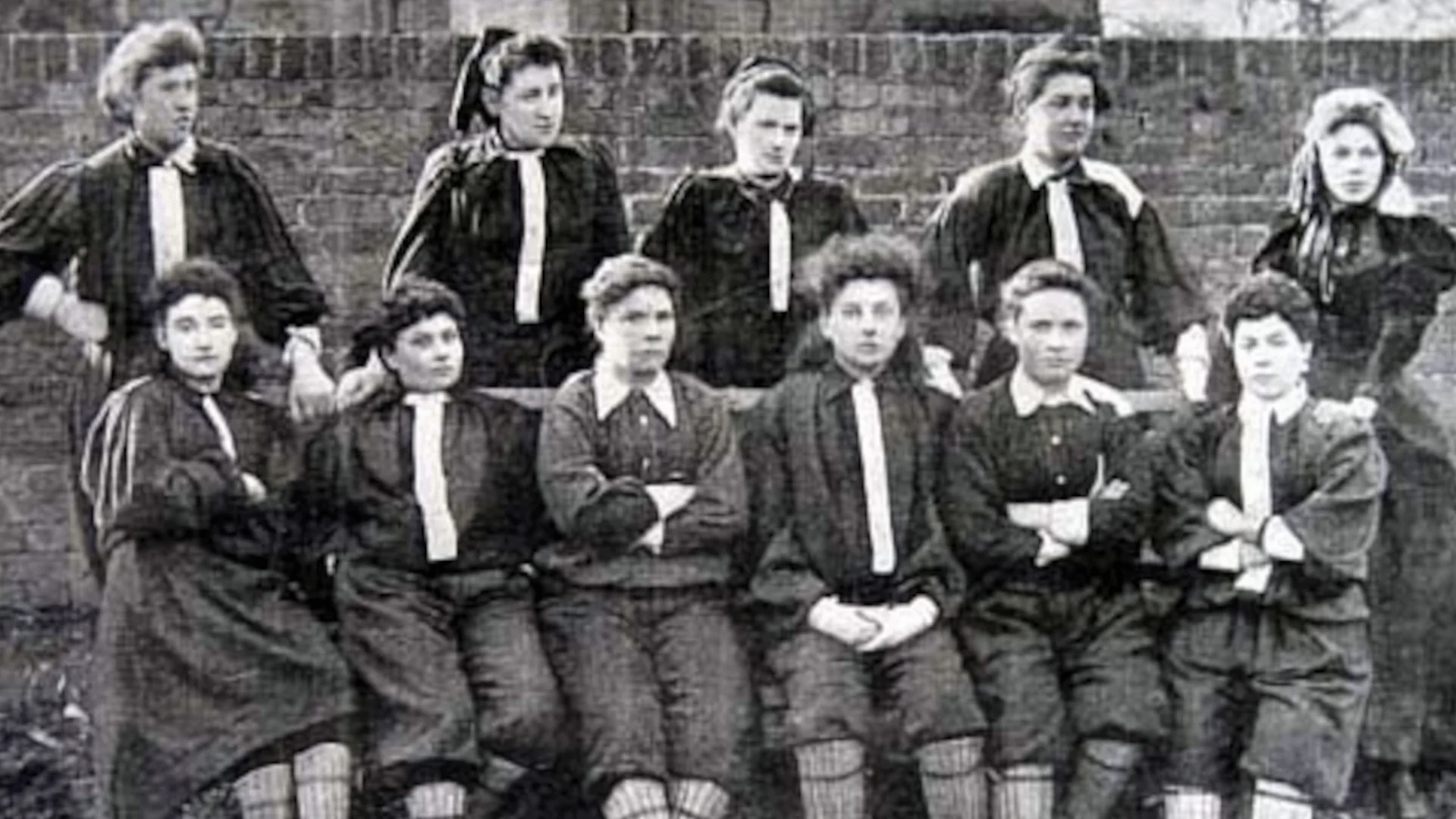What You Should Know About Ada Hegerberg
Ada Hegerberg is arguably one of the best players in the world. Yet, she’s not exactly a household name. One reason for that? She’s chosen not to play for Norway’s national team. Here’s what you should know about her, including why she made that surprising decision.
1. Ada Hegerberg is one of the best soccer players in the world.
Ada Hegerberg is a Norwegian striker for Olympic Lyonnaise Féminin. She is arguably the best player on arguably the best club team in the world. At 25, she may be one of the greatest for years to come. Need convincing? She has already scored over 300 goals. She describes herself as fearless, the type of person who jumps into any challenge headfirst and credits her success to her will to keep practicing, even when she was not getting the awards.
2. She doesn’t play internationally.
Hegerberg left the Norwegian women’s team in 2017, protesting unequal pay and unequal treatment between the men’s and women’s teams. She stuck to her word, also sitting out of the 2019 World Cup when the federation provided less support for their women’s team.
3. She is a leader in the international fight for equality in soccer.
Hegerberg sees her work as changing attitudes every day to make the game – and the world – better. For the women’s game to reach the same level as the men’s, the sport’s governing bodies need to invest in the women who play. She believes (and she’s right) that if women play good soccer, people will come to the games, and investors will see the value in women’s soccer.
4. Hegerberg won the first Women’s Ballon d’Or.
Hegerberg won the first women’s Ballon d’Or at just 23 years old. French magazine France Football created the “Golden Ball” traditionally given to the best European male player. It went global in 2007 and the women’s award started in 2018.
When Hegerberg was awarded the prize, she was asked by a man on the stage if she would twerk. Obviously, the appalling question exploded on social media. It made international headlines and highlighted the stark difference in the treatment of men and women players.
The award inspires her to maintain her high level of play. The respect that the award granted her was a big impetus. She needed the award to push her forward and is using that external reinforcement to fuel her development.
5. There is a new movie about Hegerberg.
My name is Ada Hegerberg covers her life and career and is available on ESPN+. Special focus is given to her decision not to play for the Norwegian team and instead fight for equality.
Hegerberg felt burdened before finally speaking out, and admitted she was frustrated by the feeling of injustice. However, she also said she thrives when taking on challenges and surviving them, “I would say it’s a constant battle for all of us, all girls and women, and it’s all about taking responsibility, standing up for ourselves. Everyone can make a difference, I feel.”
6. Ada has an older sister who is also a Soccerista.
Hegerberg credits her skill to her training regimen, both with her club and with her father and sister. Her older sister, Andrine Hegerberg is also a world-class soccer player who plays midfield for Roma in Italy’s top league. The two young women played together growing up and then in Germany, before splitting onto different teams. Andrine always pushed Ada to be better.
7. She knows the importance of training.
Practice comes first. She credits her play to practicing at the highest level. Confidence comes second, and it can be built by working and training at the same level as the men. She loves training and being pushed to be her best, but admits some days things get tough. On the bad days, she says you must remember your passion.
Featured Image via Wikimedia Commons



